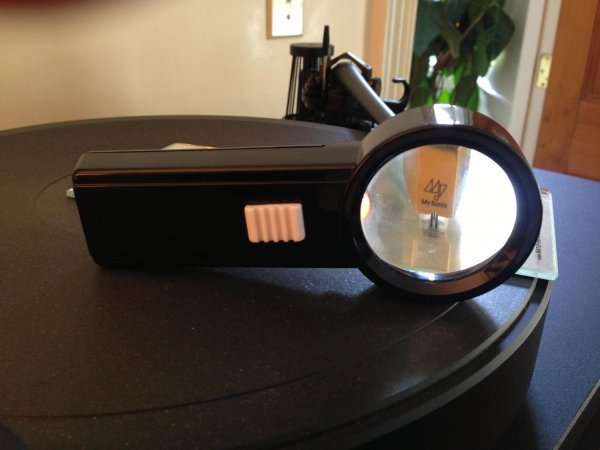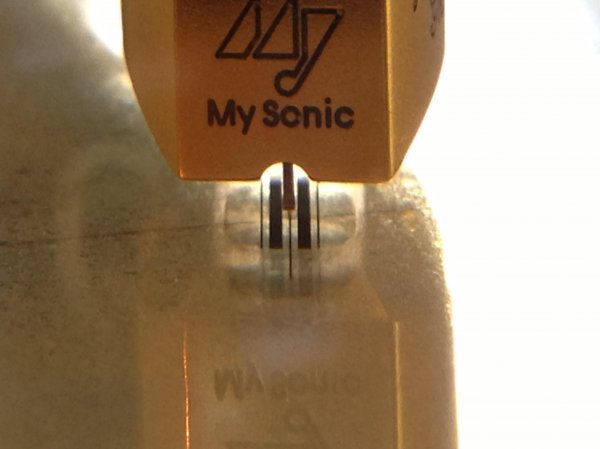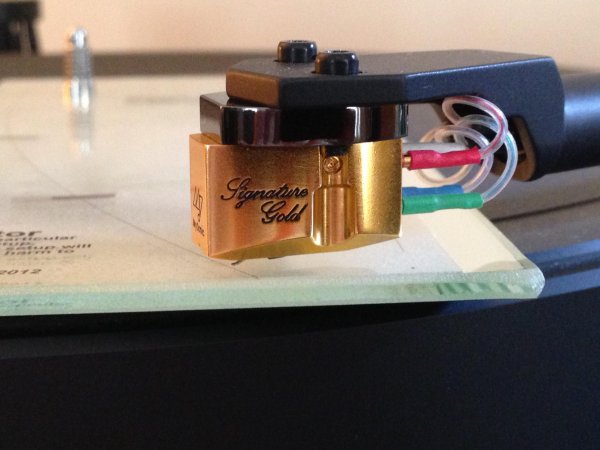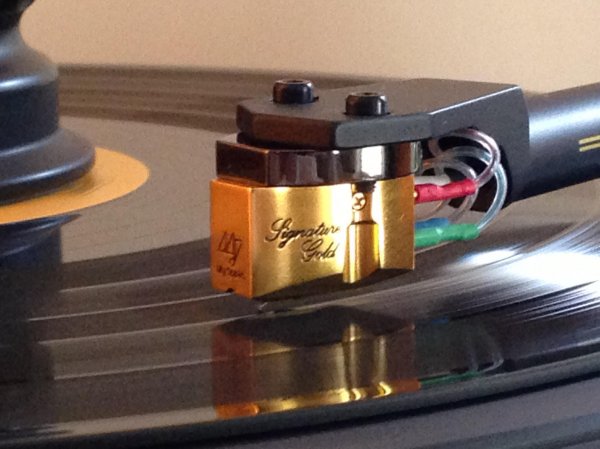I have to meet that mathematical geniusand yes, as I have said before, LP thickness makes no difference because, if you do the math, the difference in thickness is just tiny factions of a mm between, say, 180 and 200g. What's even worse with "thicker" pressings and the assumptin that SRA is different, is that the master isn't necessarily cut with that thicker a lacquer - it's the actual *pressing* that's thicker: same master -> different pressing thicknesses.
That was a fun day of listening, Ack. I've got to come back some day and hear your vinyl again knowing it will all be with the proper SRA.





